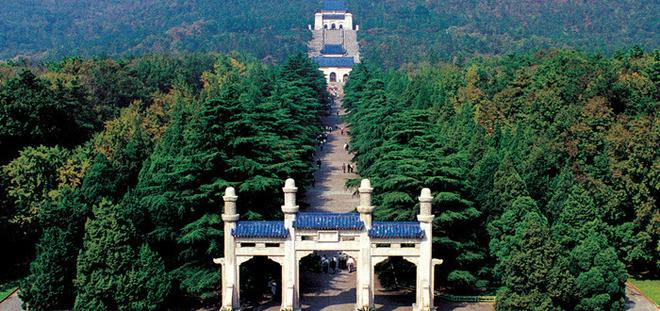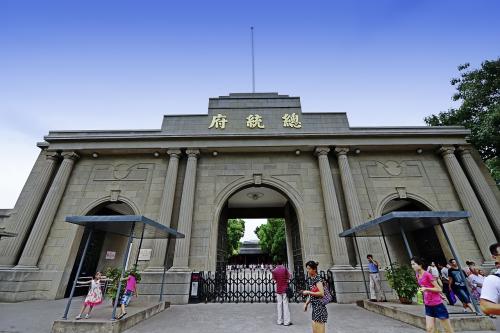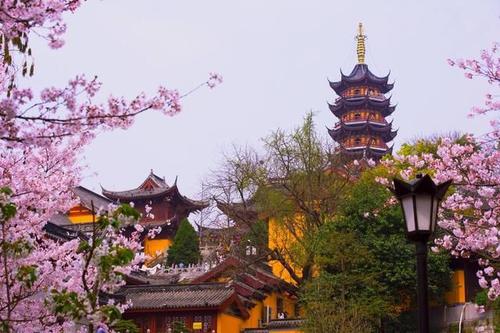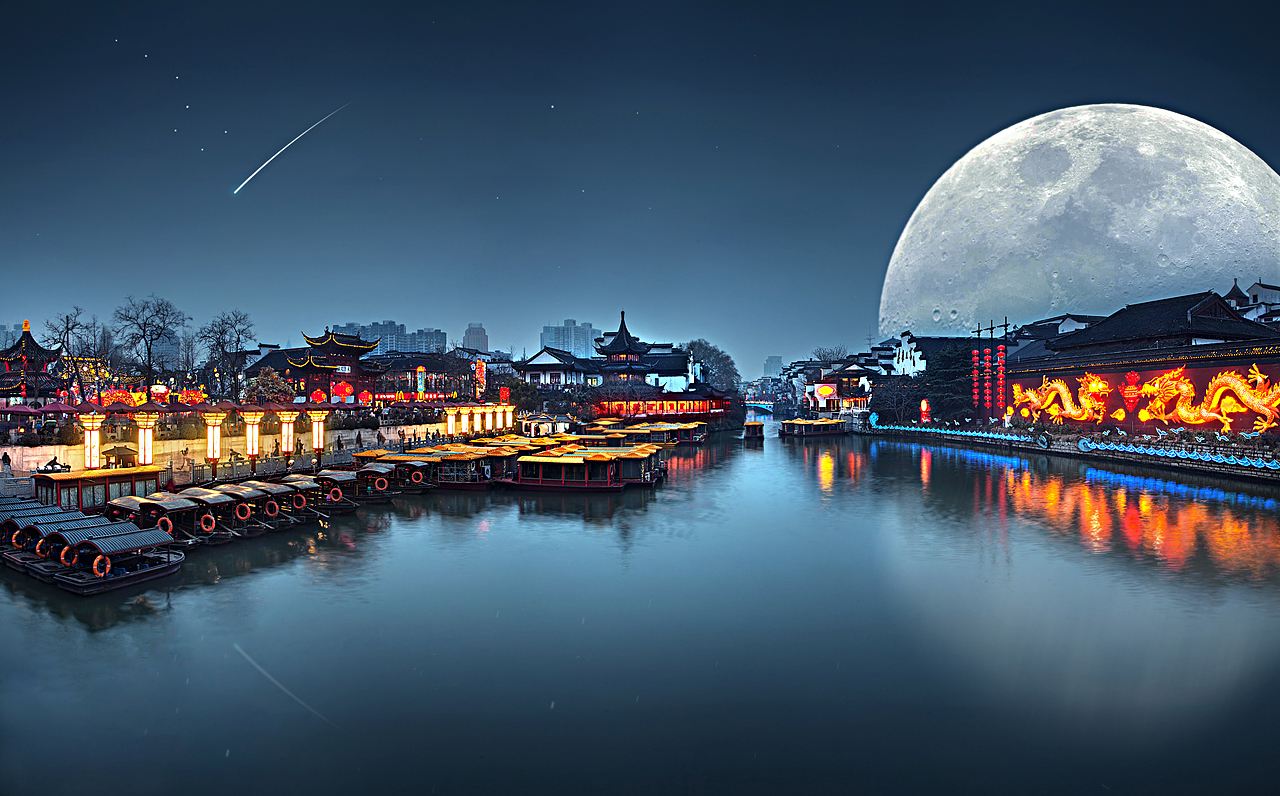
Nanjing
As the former home to many significant figures in the country’s history, Nanjing has earned its place in the heart of the Chinese people, and today it is a powerhouse behind the progress of contemporary China.
The capital of Jiangsu is a grand city with elegant tree-lined boulevards, fantastic restaurants and a wealth of historically important museums. As well as showcasing buildings from times gone by, Nanjing has been pivotal in shaping China. It was the birthplace of the Chinese Republic, and Sun Yatsen- political revolutionary and father of modern China - set up his first government here. As such, the city was the nation’s capital for much of the Republic of China period, between 1912 and 1949.

Get an overview of this important era in history by visiting the Presidential Palace. This site has played host to various emperors and presidents for 600 years, and has been well maintained to look exactly as it did when the dignitaries used it. There is also a tranquil Qing dynasty garden, containing the Mandarin Duck Pavilion. With a double roof, it looks like two buildings from far away but is, in fact, only one.


After viewing where it all began, it’s also possible to see where Sun Yatsen was laid to rest at his eponymous mausoleum. The scale of this site gives some idea of how revered the revolutionary still is. On the flanks of Zijinshan(Purple Mountain), it consists of several structures, all topped with traditional Chinese blue-tiled roofs. Rich in symbolism, the path to the mausoleum is lined with cypress tress to represent the ‘evergreen’, eternal presence of the revolution. Astatue of the man himself sits inside the topmost hall, where you can see locals le past respectfully.
Take a short bus ride or, if you want to absorb the scenery, a longer walk will take you to the Ming Xiaoling Mausoleum. Dating back to the 14 century, it was commissioned by the emperor entombed within- Zhu Yuanzhang, the first emperor of the Ming dynasty. Born to peasants, the emperor is renowned for his unstoppable rise to power. In just 11 years, he went from being a penniless monk to the most powerful warlord in China, eventually reigning over the country for 30 years until his death in 1398. The exact whereabouts of his tomb remains unknown, as the emperor feared grave robbers would raid it as soon as he was interred.

One of the darkest chapters in China’s history occurred here in 1937, when invading Japanese troops killed up to 300,000 people in the city. E Nanjing Massacre Memorial Hall has excellent if sobering museum displays, with extensive information in English.
You can also delve into Nanjing’s spiritual side by visiting the Jiming Temple, a beautiful site of Buddhist worship that dates back to 527 AD. Once you have reached the summit of a small hill, you’ll be rewarded with a majestic view over the old city walls. En head onwards to Xuanwu Lake: a park surrounds this beautiful stretch of water, which you can explore by paddleboat.

At night, the southern Confucius Temple neighbourhood is the centre of Nanjing’s nightlife. Divided by the Qinhuai River, on one side is a large square filled with shops, bars and restaurants, as well as the Confucius Temple itself. Catch a ferry and glide along old waterways and under Qing dynasty bridges while taking in the ancient pagodas on the riverbank. The journey reveals another facet of this city’s dynamic and beguiling character.